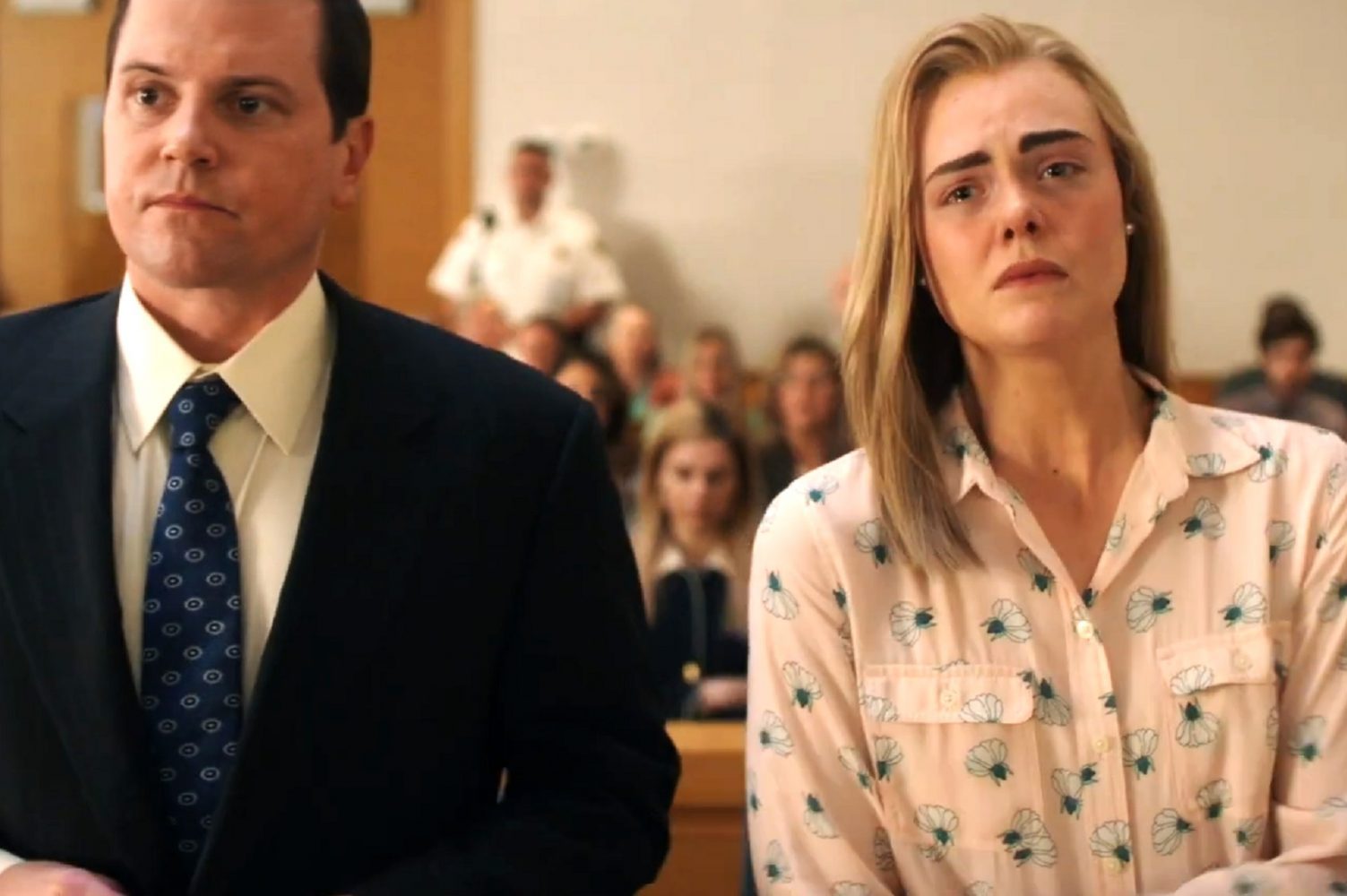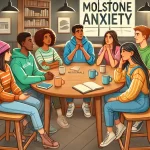TW: Conversations about suicide, drugs, abuse and SA
When it comes to curating teen dramas, most script writers try to relate to the teenage psyche. They do this in HBO’s “Euphoria,” which depicts the dark nature and countless consequences of drug abuse. Netflix’s “Grand Army” shows how peers deal with trauma in different ways. Now Hulu has stepped up its handling of darker subject matter in its newest series, “The Girl From Plainville.” But what makes this one different is that its story isn’t fabricated — it tells the real story, which ends in tragedy.
“The Girl From Plainville” revisits the story of Michelle Carter (played by Elle Fanning) and the deceased Conrad Roy (played by Colton Ryan ), both parties in what is widely known as the 2014 texting suicide case. The eight-episode series created by Liz Hannah and Patrick Macmanus brings the haunting tale to life and explores themes like isolation, suicidal thoughts and the dynamics of virtual relationships.
The series focuses deeply on the emotions Roy experiences as he struggles with major depression and suicidal thoughts. “The Girl From Plainville” depicts his emotional turmoil and even displays the physical and verbal abuse he endures from his own father, in addition to his other mental struggles. Roy shares the details of these experiences with Carter and he even explains to her countless times how he’s been doing in-depth research about how to take his own life. And even though she tries to talk him down on most occasions, she never reaches out to authorities or his family to get him help.
“The Girl From Plainville” also shows the emotions that Roy’s family feels following his untimely passing, as well as the family’s utter devotion to suicide awareness to ensure nothing like what happened to their boy will ever happen again. The show also examines the subsequent trial and the lasting effects of Carter’s choice to ultimately encourage Roy to follow through with his suicide attempts, which finally led to Roy taking his own life.
Portrayals of suicide on the small screen can often be problematic and even dangerous if not handled correctly. Starting off, it’s important for all shows that depict suicide to display a warning at the beginning of the episode and resources for struggling viewers at the end. Many people also debate whether graphic depictions of suicide attempts should be shown, or only alluded to.
When it comes to these portrayals, many shows have missed the mark, doing more harm than good. One of the most infamous television series that fell short with its storytelling was Netflix’s “13 Reasons Why.” Adapted from the 2007 Jay Asher novel of the same name, the show tells the dark story of a girl named Hannah Baker (played by Katherine Langford) and a group of her high school peers. Hannah becomes a victim of intense bullying from classmates and is even sexually assaulted at the end of the series. None of her peers attempt to help Hannah, who is obviously struggling, and when she reaches out to her guidance counselor for help, he brushes off her concerns.
After this all boils over, the girl takes her life. But before she does, she records a collection of tapes, each labeled with the name of a classmate and an explanation for why each one is a reason why she decided to take her own life. The series’s premise is jarring enough, but the real issue with the show was the creator’s decision to release it with graphic depictions of Hannah’s suicide and sexual assault, without initially offering any resources to the show’s audience. This sparked a major backlash from mental health experts and parents, who worried that the show’s popularity would inspire copycat suicide attempts, and sadly, it did.
“The Girl From Plainville,” dealing with the same subject matter, could have fallen into the same traps as “13 Reasons Why,” but instead, it rose to the occasion. Throughout the show’s eight-episode run, it’s made clear to audiences that the show may be hard to watch for those struggling with mental illness, and that help is available if needed. The show also makes the executive choice to not display the suicide graphically, making the scene easier to watch for viewers while being sensitive to the fact that it is all based on true events.
However, no show is perfect and there are definitely some things the show could’ve left out, like the “Teenage Dirtbag“ musical number in Episode 7; it’s a complete filler moment and doesn’t drive the story forward. The choice to reference Carter in the title is an interesting one: That could be problematic in the sense that it’s placing a lot of the spotlight on her, who was found guilty of driving someone to die by suicide.
Suicide is the second leading cause of death among today’s youth in the United States, making it an important epidemic that needs to be taken seriously. It must be handled with the uttermost sensitivity by those who have experienced suicide-related tragedies.
Help is always here: Talk To Someone Now: Lifeline, NIMH » Suicide Prevention, Suicide Hotline & Helpline Information – Depression and Bipolar Support Alliance, Domestic Violence Hotline, National Sexual Assault Hotline: Confidential 24/7 Support | RAINN
TikTok Therapy Provides Access To Mental Health Resources Online

















